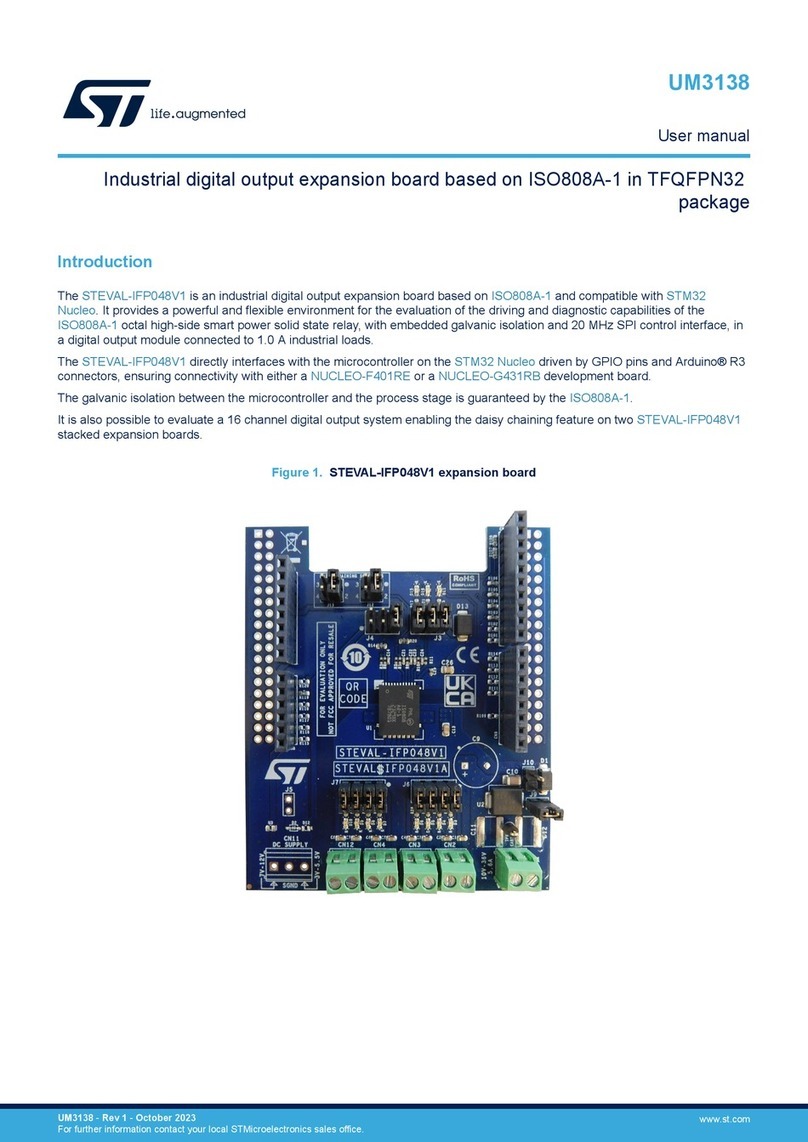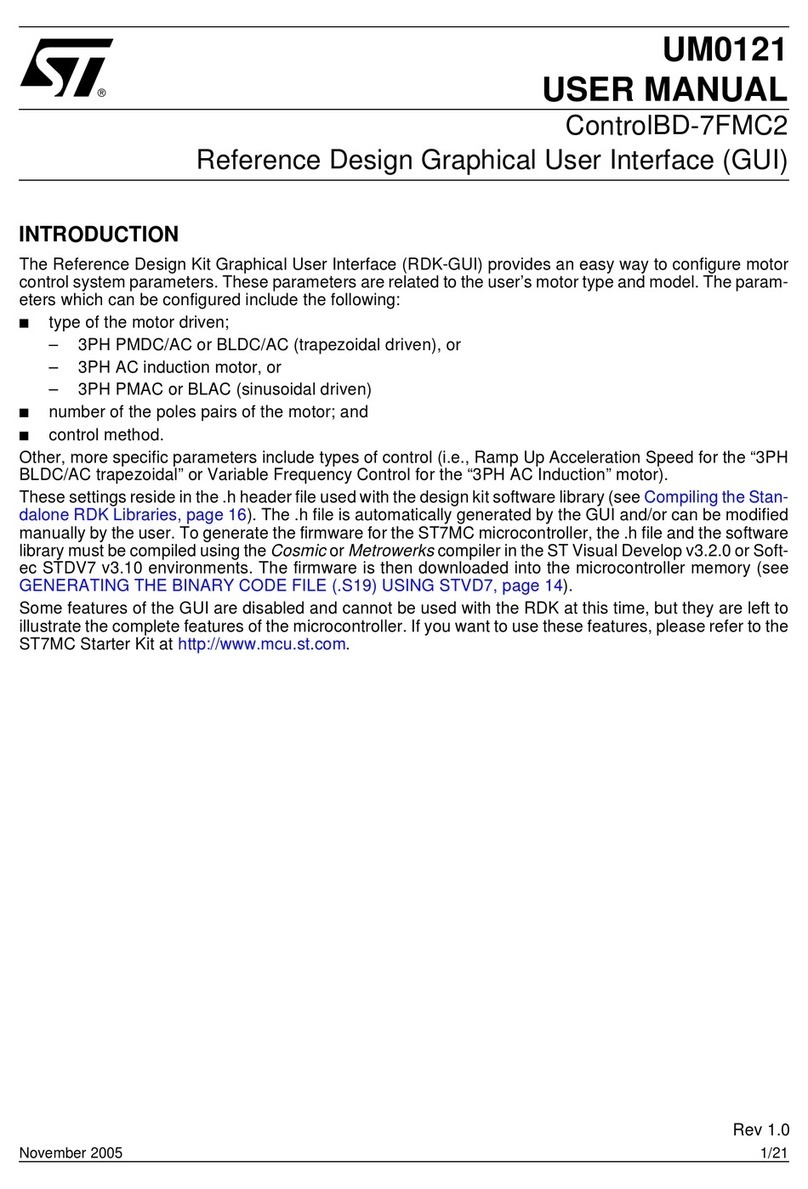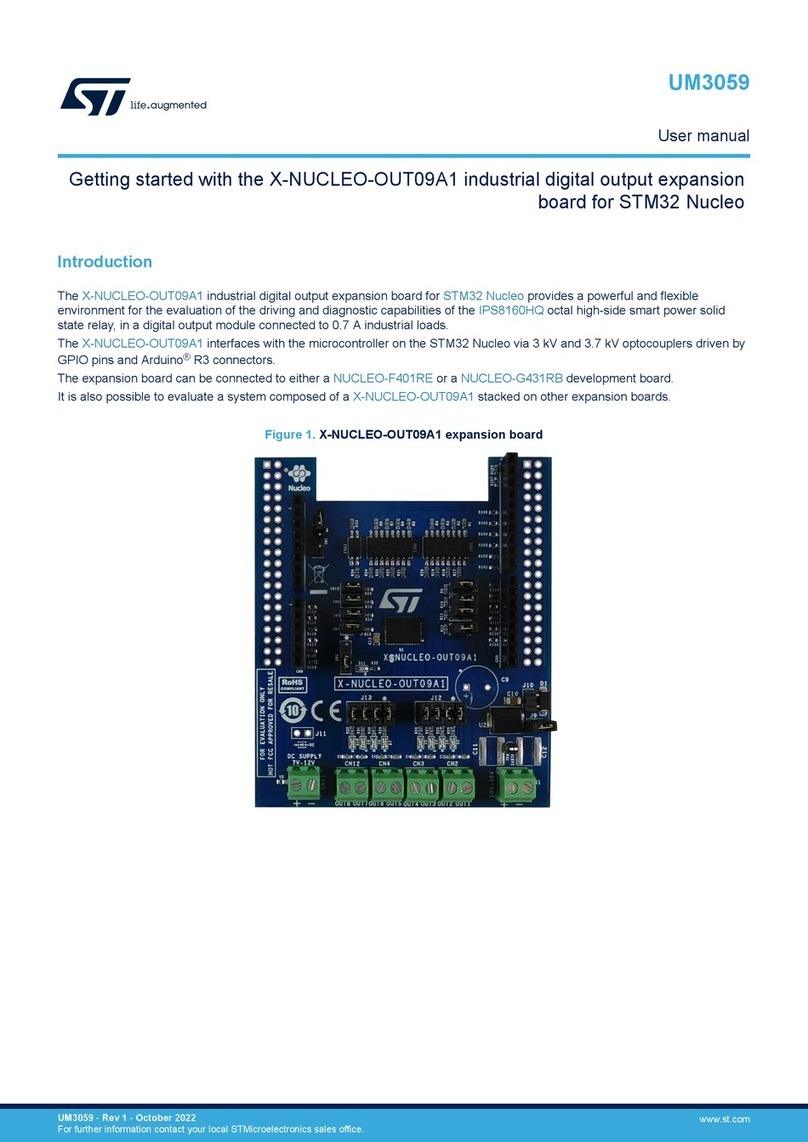ST UM3019 User manual
Other ST Computer Hardware manuals
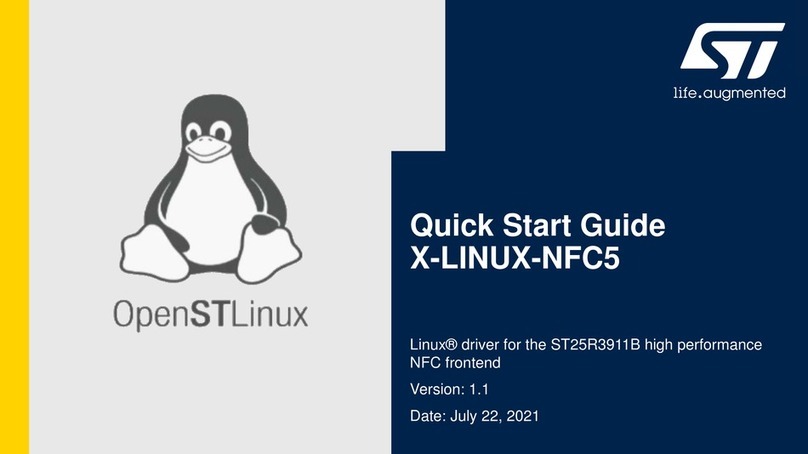
ST
ST X-LINUX-NFC5 User manual
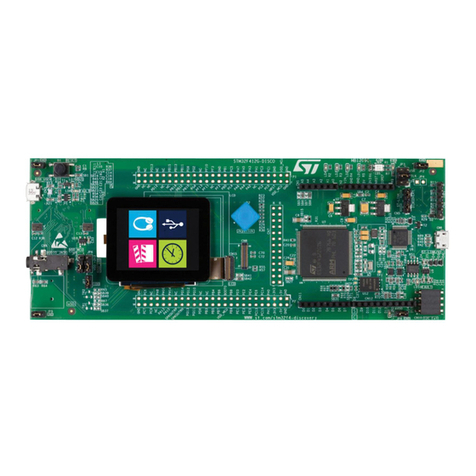
ST
ST 32F412GDISCOVERY User manual
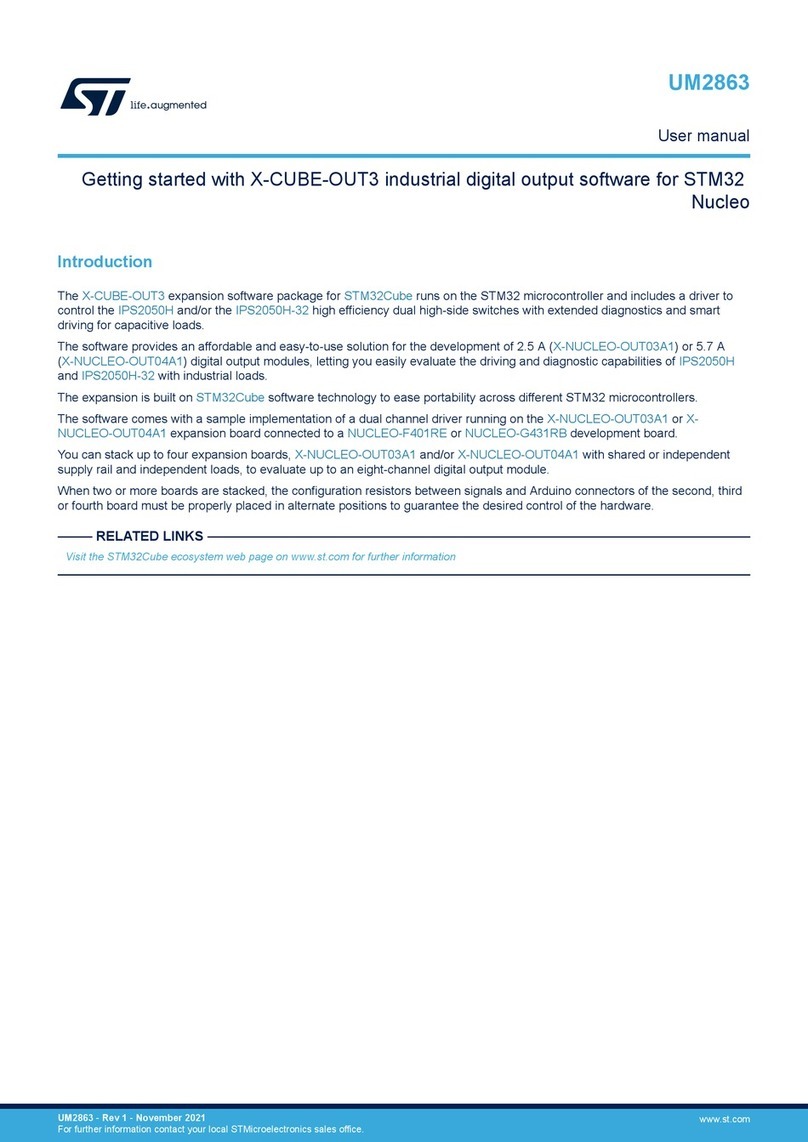
ST
ST X-CUBE-OUT3 User manual
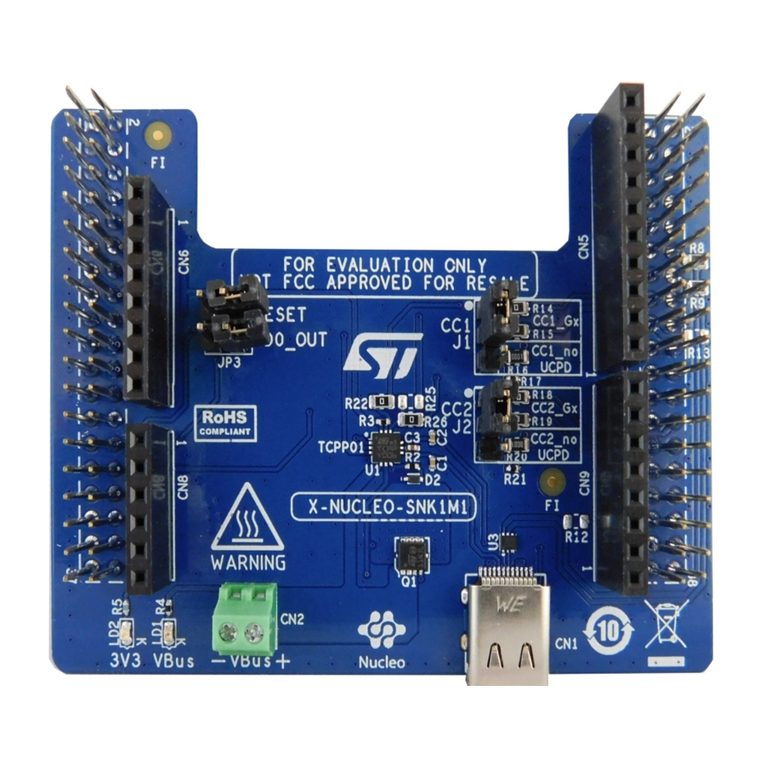
ST
ST X-NUCLEO-SNK1M1 User manual
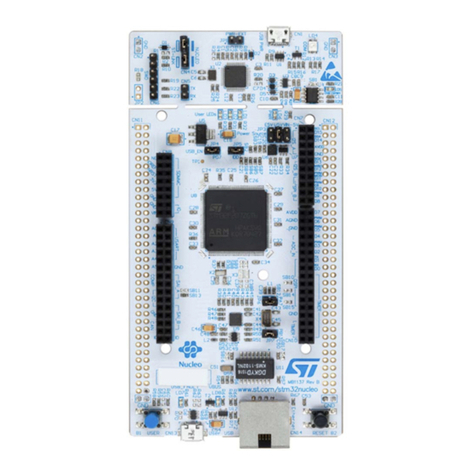
ST
ST STM32 Nucleo User manual
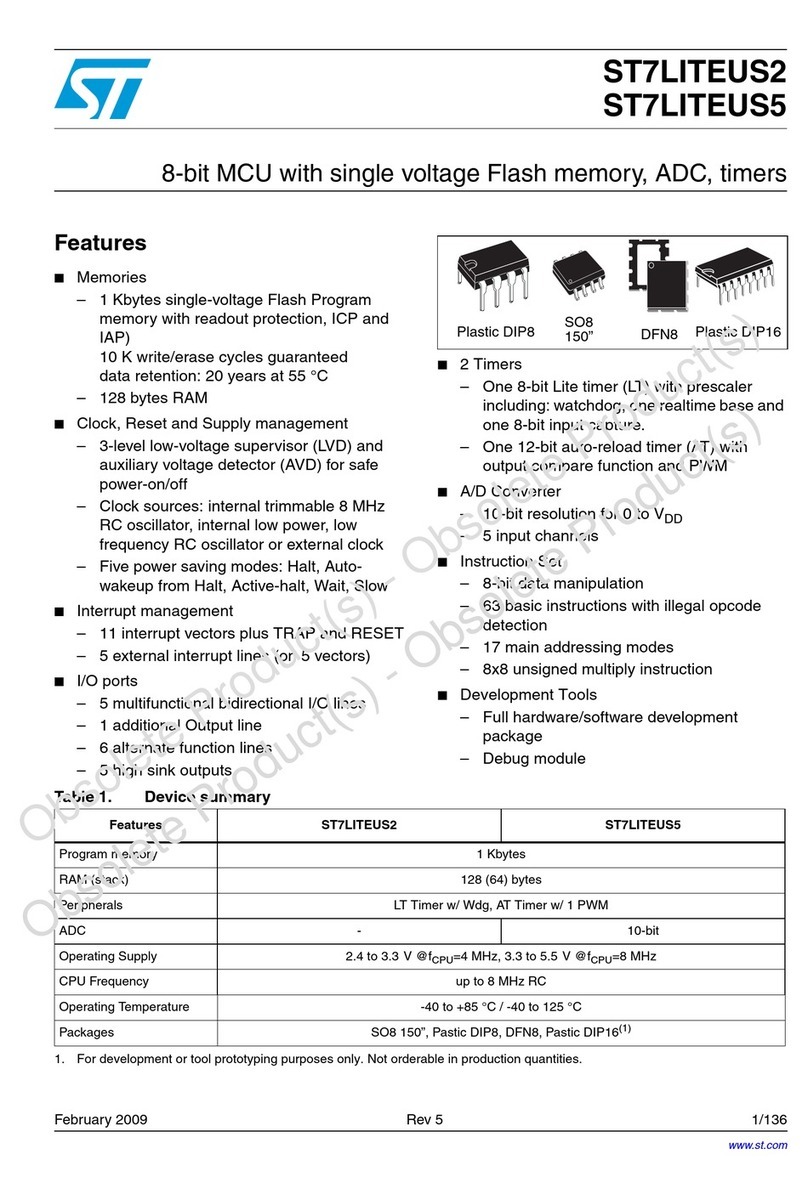
ST
ST ST7LITEUS2 User manual
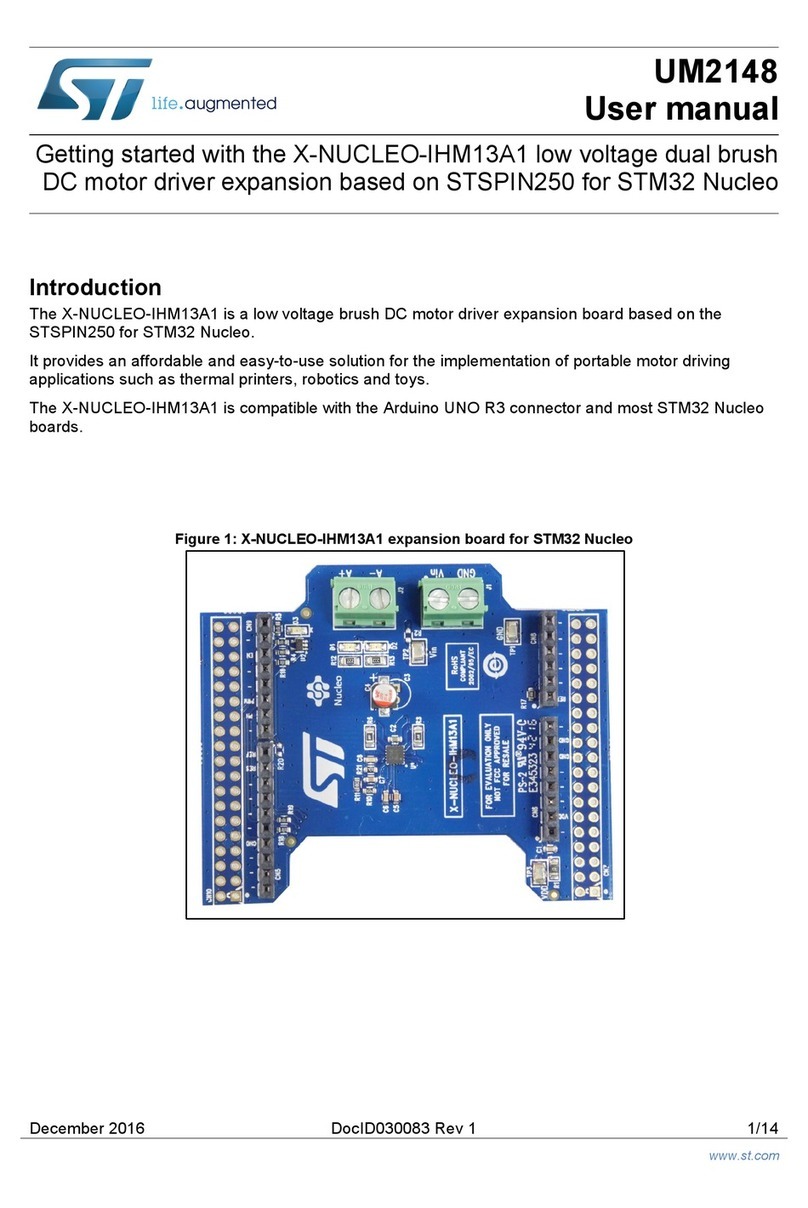
ST
ST X-NUCLEO-IHM13A1 User manual
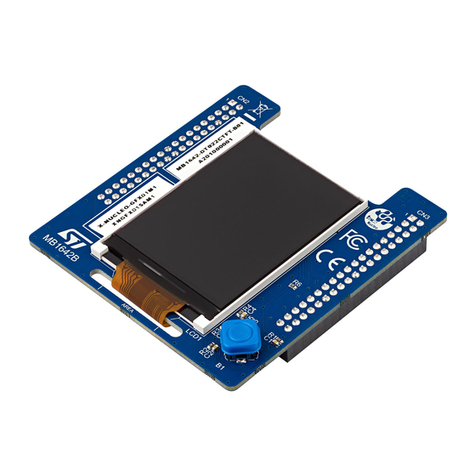
ST
ST X-NUCLEO-GFX01M1 User manual
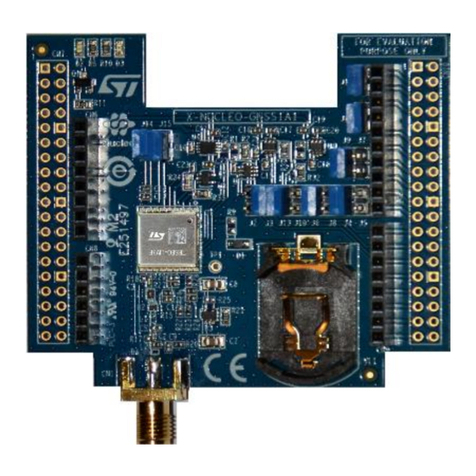
ST
ST X-NUCLEO-GNSS1A1 User manual

ST
ST X-NUCLEO-IDB04A1 User manual
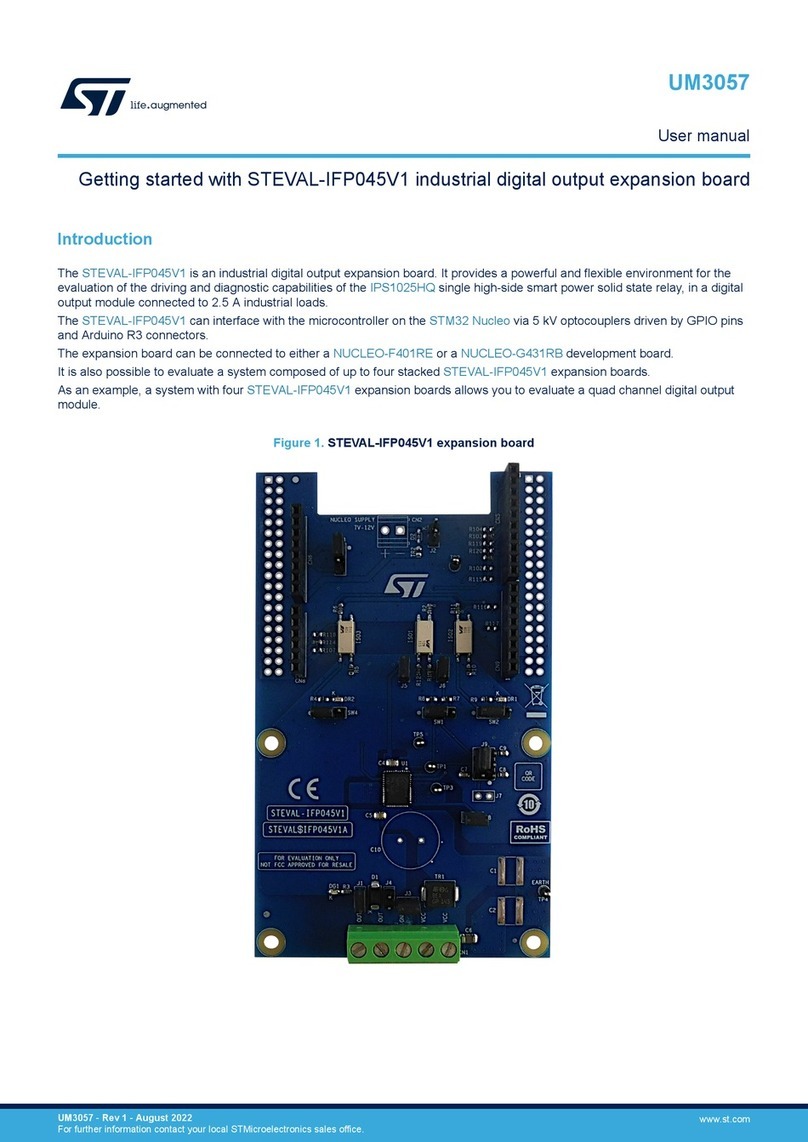
ST
ST STEVAL-IFP045V1 User manual
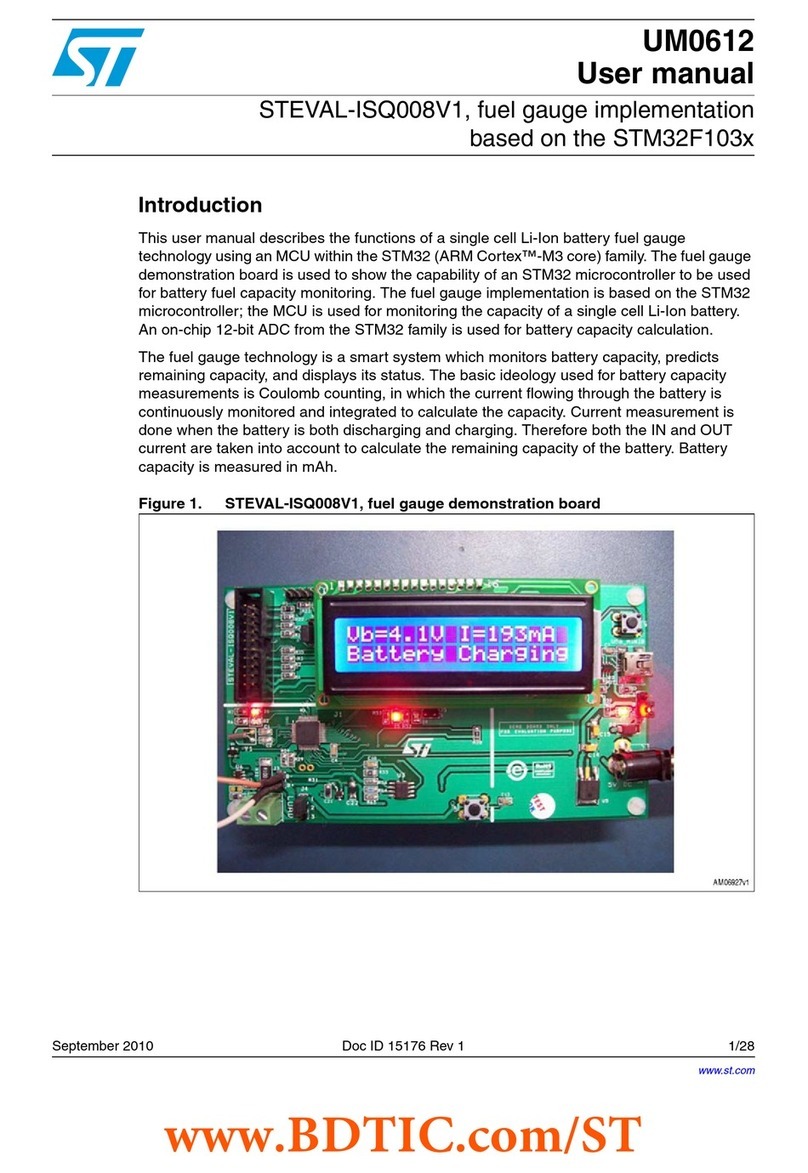
ST
ST STEVAL-ISQ008V1 User manual
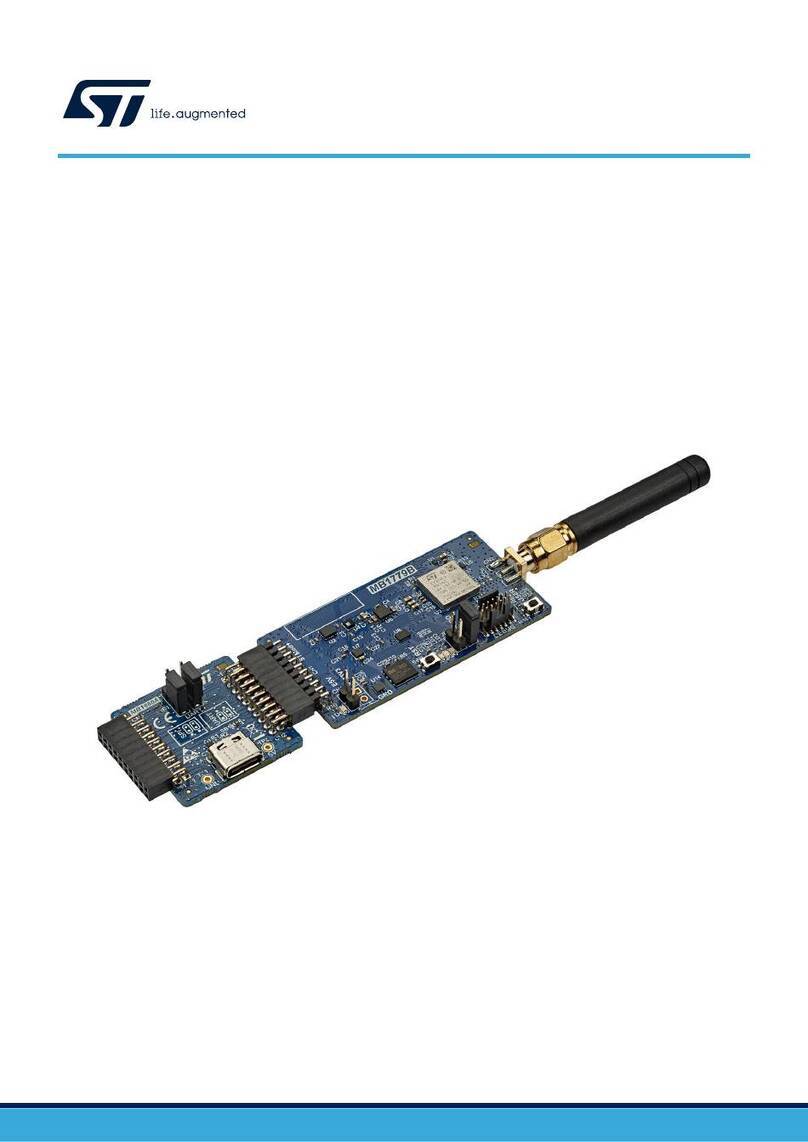
ST
ST STM32WL Series User manual
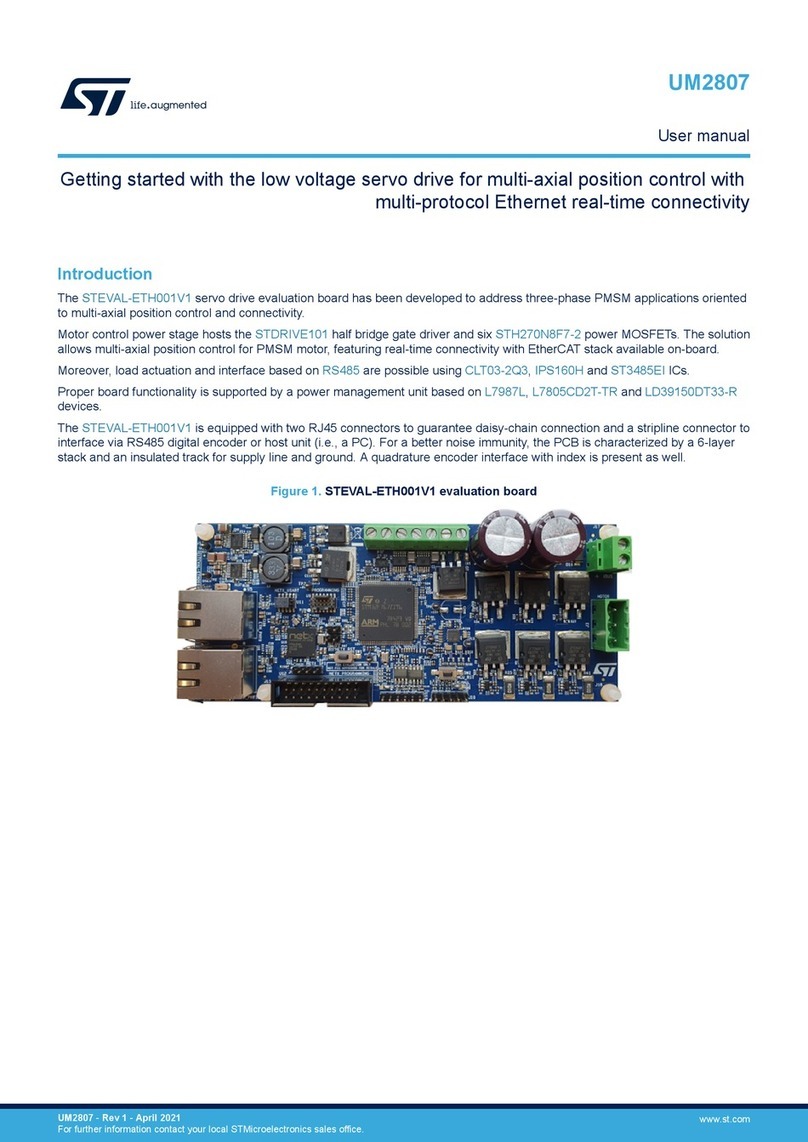
ST
ST STEVAL-ETH001V1 User manual

ST
ST STM32MP157D-DK1 User manual
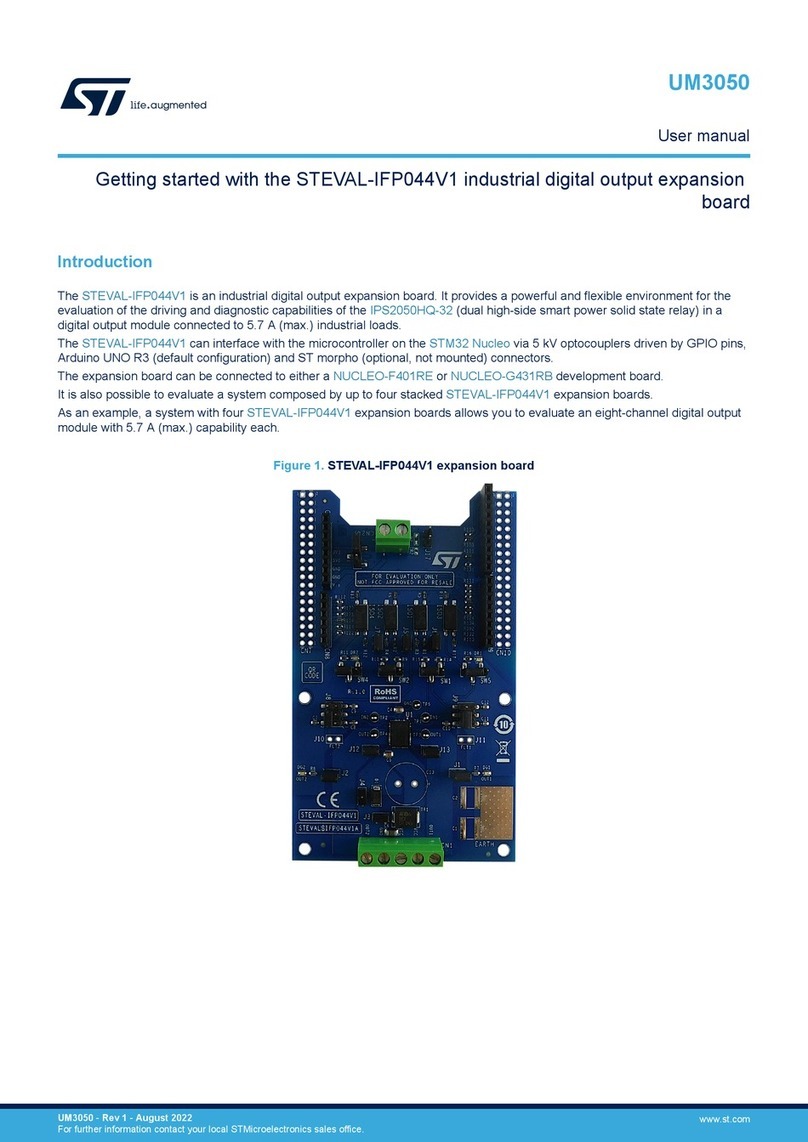
ST
ST STEVAL-IFP044V1 User manual
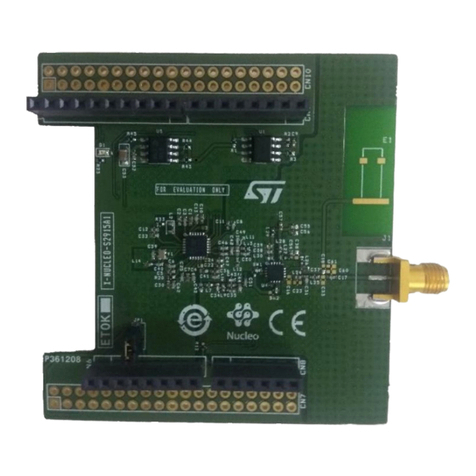
ST
ST X-NUCLEO-S915A1 User manual
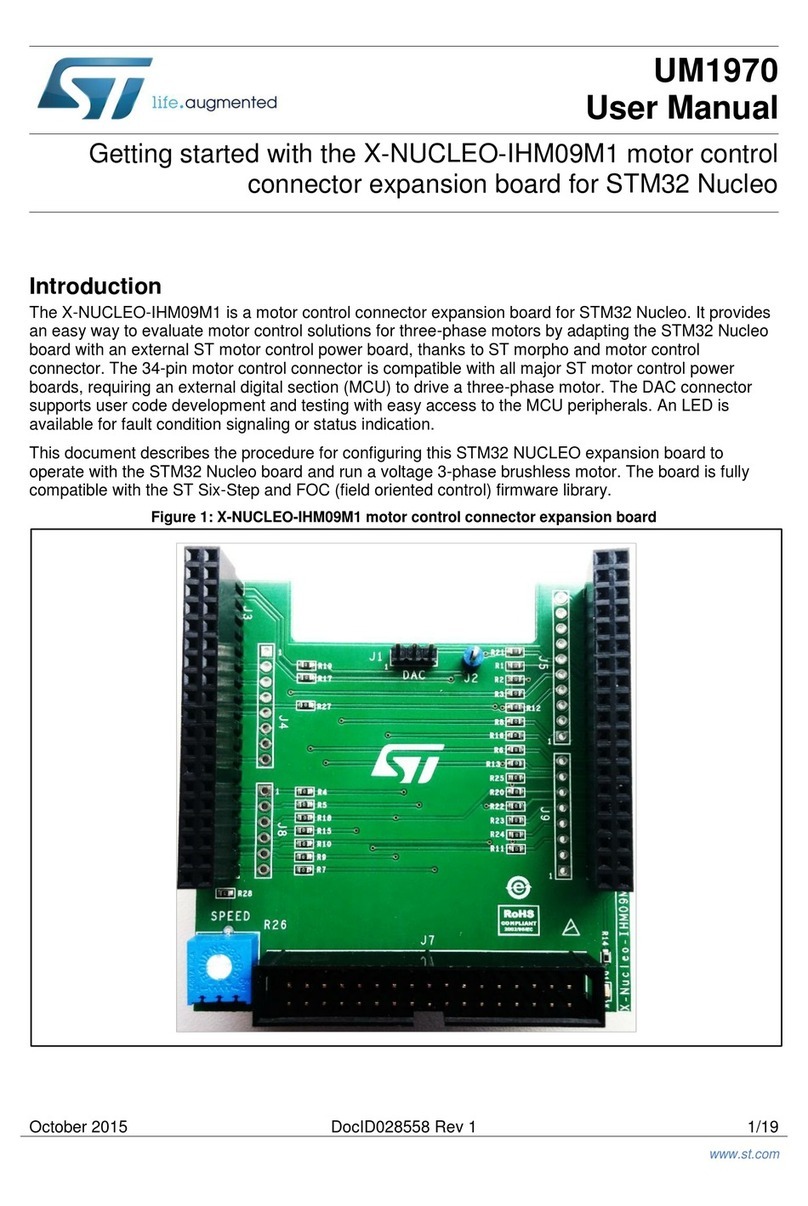
ST
ST X-NUCLEO-IHM09M1 User manual
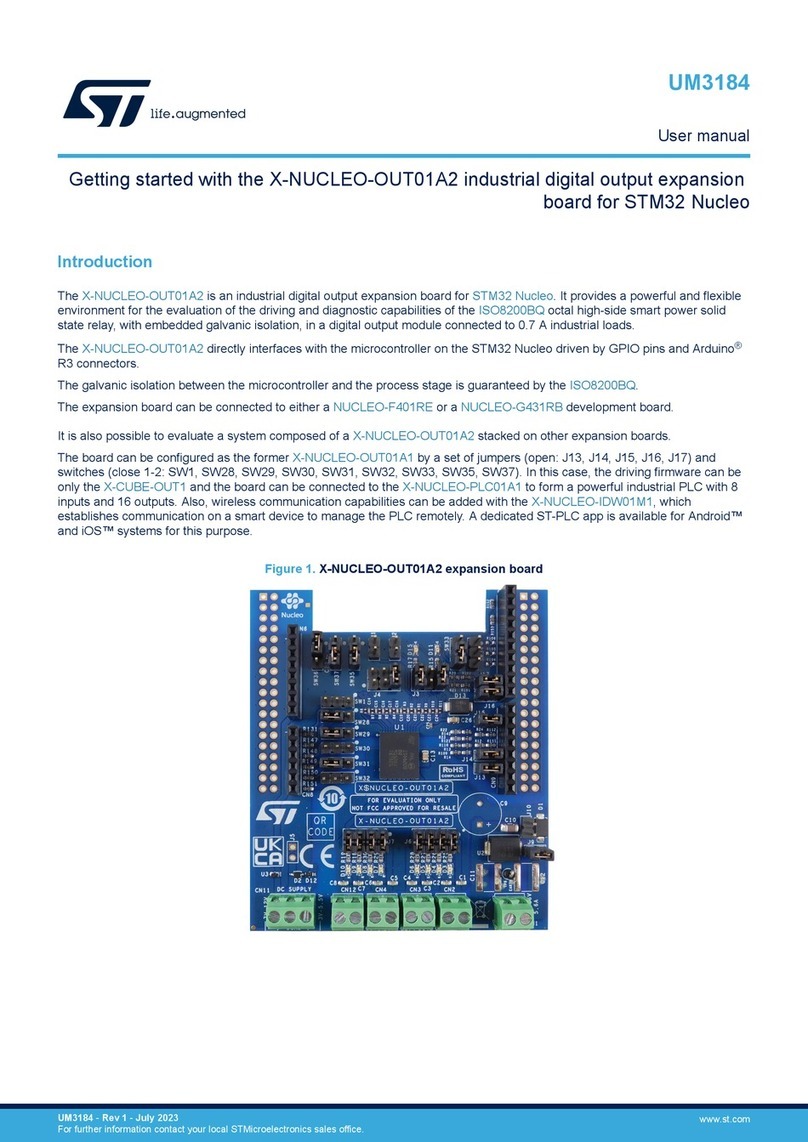
ST
ST X-NUCLEO-OUT01A2 User manual
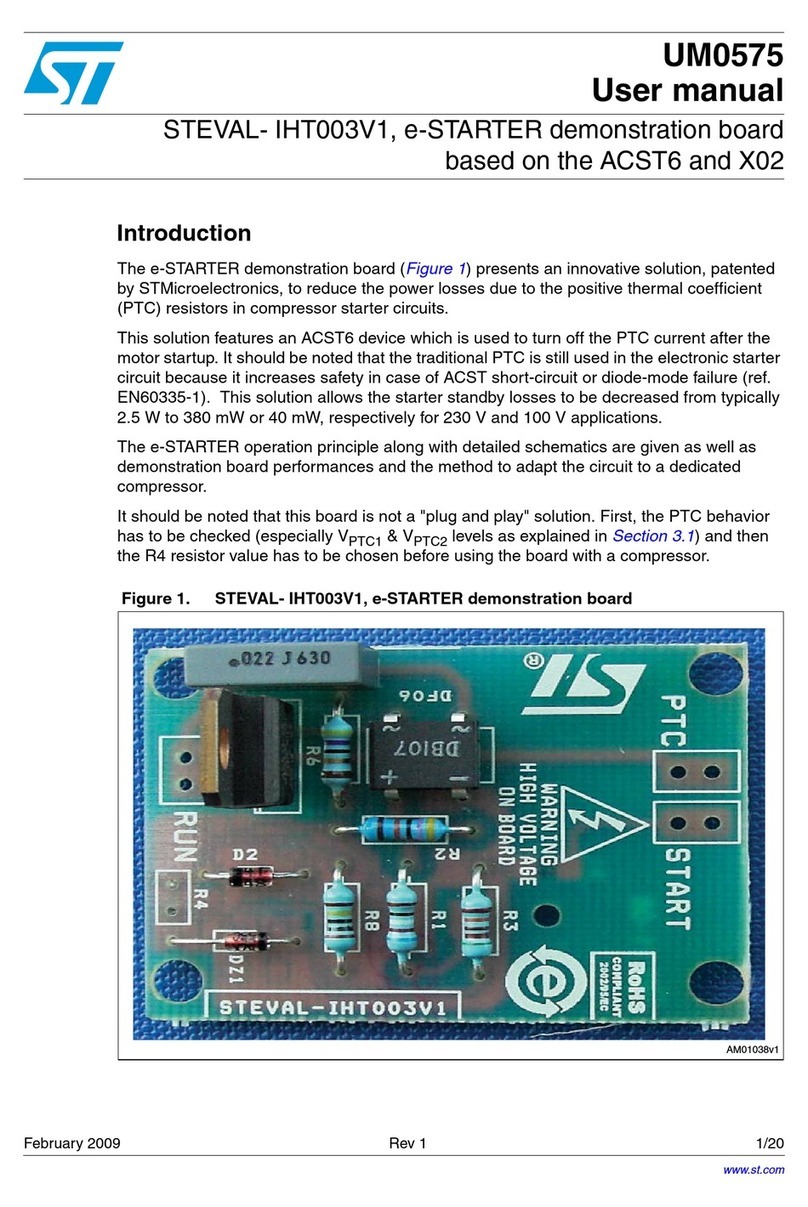
ST
ST UM0575 User manual
Popular Computer Hardware manuals by other brands

EMC2
EMC2 VNX Series Hardware Information Guide

Panasonic
Panasonic DV0PM20105 Operation manual

Mitsubishi Electric
Mitsubishi Electric Q81BD-J61BT11 user manual

Gigabyte
Gigabyte B660M DS3H AX DDR4 user manual

Raidon
Raidon iT2300 Quick installation guide

National Instruments
National Instruments PXI-8186 user manual

Intel
Intel AXXRMFBU4 Quick installation user's guide

Kontron
Kontron DIMM-PC/MD product manual

STEINWAY LYNGDORF
STEINWAY LYNGDORF SP-1 installation manual

Advantech
Advantech ASMB-935 Series user manual

Jupiter
Jupiter RAM PACK instructions
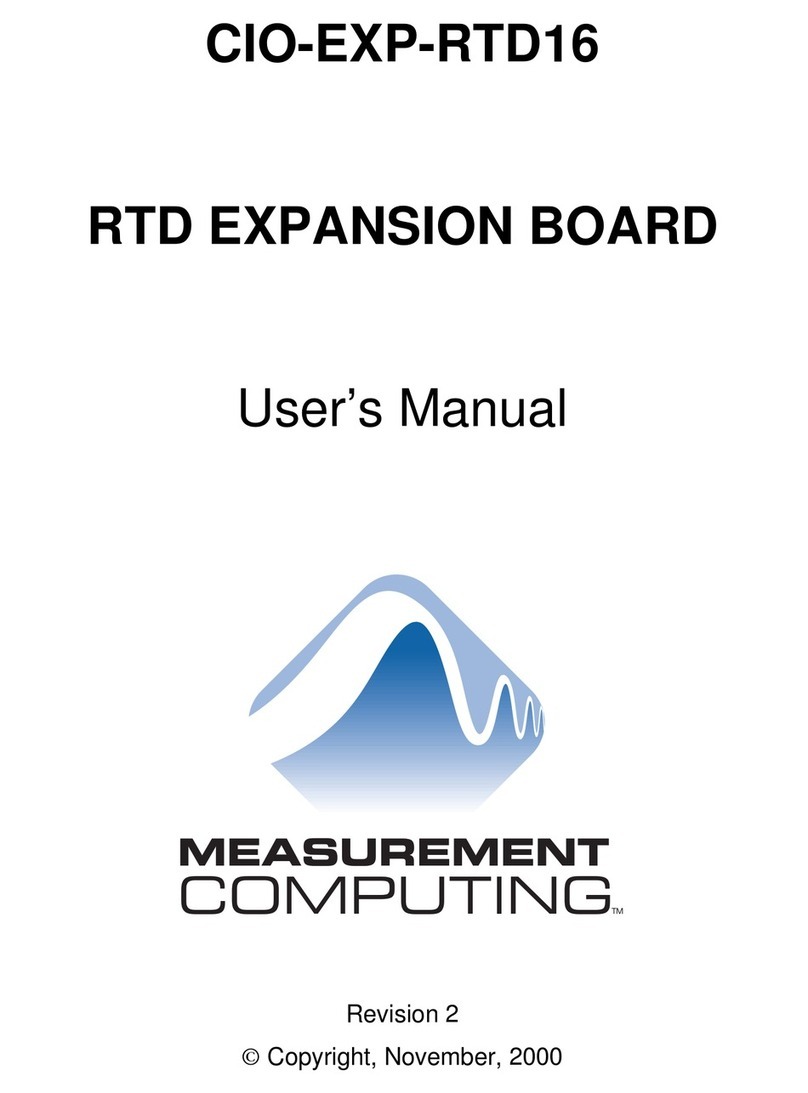
Measurement Computing
Measurement Computing CIO-EXP-RTD16 user manual
